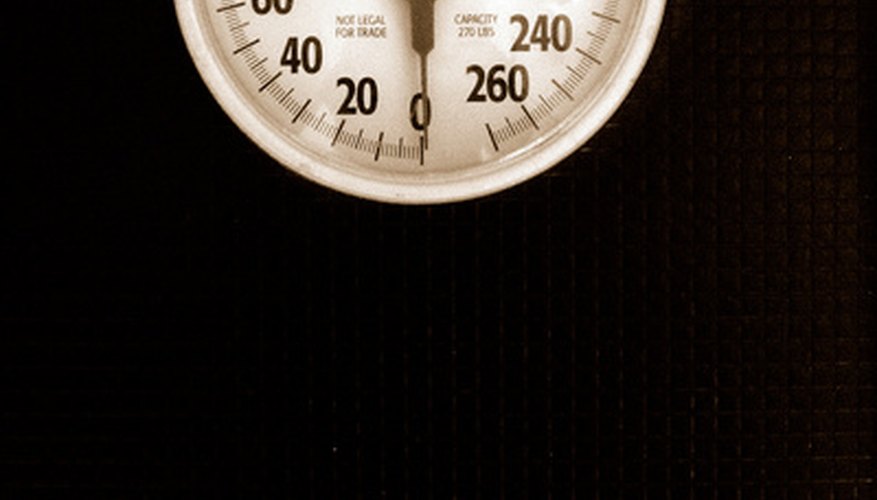Body Mass Index (BMI) measures the ratio between height and weight to determine a healthy weight range. If a patient has an amputation, you must adjust the weight measurement to reflect the missing limb in order to figure an accurate BMI. By adding a percentage to the actual weight of the person, you can calculate the BMI for an amputee to help analyse weight.
- Body Mass Index (BMI) measures the ratio between height and weight to determine a healthy weight range.
- If a patient has an amputation, you must adjust the weight measurement to reflect the missing limb in order to figure an accurate BMI.
Weigh the person without a prosthesis and write this measurement down.
Use a chart to determine the weight of the missing body part(s). For example, a missing hand comprises .7 per cent of the total body weight, an arm comprises 5 per cent and an entire leg comprises 16 per cent.
Multiply the person's weight by the percentage for the appropriate body part(s) to find the estimated amount of weight represented by the missing limb(s).
Add the weight and the estimated weight of the missing body part(s) together. Multiply this by 703.
Measure the person's height without shoes. Multiply this height measurement by itself (square it).
Divide the total from step 4 by the squared height figure to determine the adjusted BMI.
